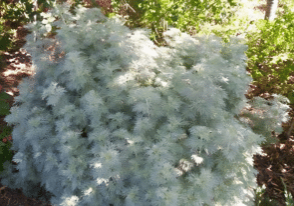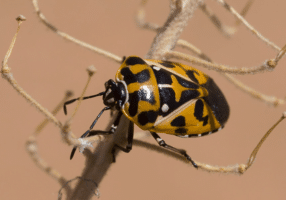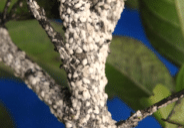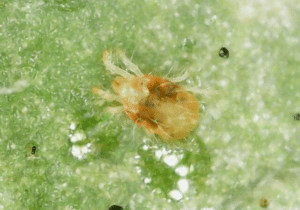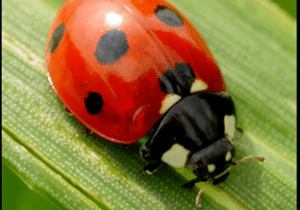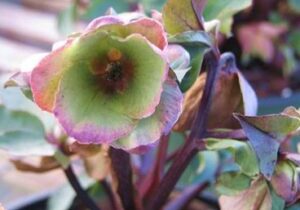by Marji Pulliam
…And there is pansies, that's for thoughts.
- William Shakespeare


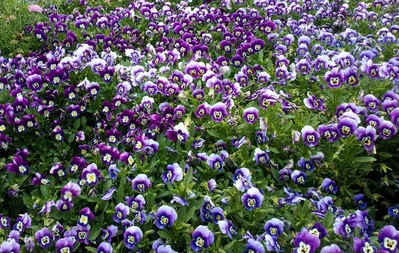
Winter can be on the bleak side. Less sunlight, drab colors, and the holidays are over; who doesn’t need a pick-me-up? How about a brightly colored, cheerful little flower that loves our SC winters and not only brings a smile but smiles back?
Pansies are easily recognized. Available in many colors, they are most well-known for their petals which seem to have a little face on them. But pansies are more than just another pretty face. Pansies are tough little things! Wonder how they got that ‘wimpy’ reputation. Perhaps it’s because they look so dainty. But they are hardly a hothouse flower. They are inexpensive, easy to find, easy to plant, and will bring good cheer well into spring. They are considered cool season annuals here (they can withstand temperatures into the mid-20s) because they are not fond of high temperatures, but until then they are just what the doctor ordered to lift your spirits.
They are a member of the viola family, viola tricolor. (Violas, for gardening purposes, are also called Johnny Jump-Ups. Much smaller, but they will reseed and come back year after year.) Pansies have larger flowers and come in more color varieties. The name pansy comes from Middle French “pensee” meaning thought or remembrance. The colors had meaning in a bygone day. Blue could mean faithful, purple meant remembrance, yellow was synonymous with loving thoughts, while white was associated with souvenirs and red with condolences. Also called heart’s ease, which was considered a weed, the heart shaped leaves were thought to be able to cure a broken heart. Even the number of lines on the petals had meaning. Four lines meant hope, seven meant a forever love, and nine meant change of heart, eleven – disappointment. Lines to the left meant trouble, lines to the right meant prosperity.
In northern Europe, the pansy is known as the stepmother. In Italy, it’s called the little flame. In Hungary, it is known as the small orphan. And in Israel, it’s called Amnon and Tamar in a reference to King David’s children.
It is said that in Gone with the Wind, the heroine’s name was originally Pansy, before it was Scarlett. Pansy O’Hara. Hmm…
As if all this hidden meaning were not enough, pansies are also edible, and were used in love potions, salads, soups, and honeyed syrups. The flowers and leaves contain vitamins A and C, and are said to have a slight minty taste.
Though not known for their scent, the yellow or blue pansies seem to have the strongest scent and time of day seems to make a difference, too. The scent is the strongest in the early morning and early evening.
Pansies can be grown from seeds. Seeds need to be started early in the season, 10-12 weeks ahead of time. Cover lightly with soil (1/8 inch), then water and cover. Pansies are shy like their cousins the violets, and they like to germinate in the dark. They germinate in 10-20 days, and can be easily transplanted once big enough.
If you can’t wait that long, full grown plants are available at all the plant nurseries. They like slightly acidic soil, full to part sun, and don’t mind a little crowding though best is 4-6 inches apart. Mulching will help with weed control. Watering once a week is sufficient. Allowing soil to dry between waterings is preferable. Deadheading (removing dead or wilting flowers) will produce more blooms and keep them from getting leggy. Other than that, pansies require very little. In fact, they are quite happy in containers and hanging baskets as well. Just imagine a bright window box or lovely little planter by your front door. If cut back to a few inches and moved to the shade, they may survive the summer and bloom again in the fall.
While not prone to disease, there are a few things to look for. Aphids can be a problem (maybe not so much in the winter) as can slugs, snails and spider mites. Leaf spot, downy mildew, powdery mildew, and stem rot are possible fungal infections.
There is still plenty of time left in the season to enjoy this lovely flower. And now that you know the rich history and secrets hidden within the blooms, when you pass by give them a knowing nod and a wink, and they will give you a smile back.

